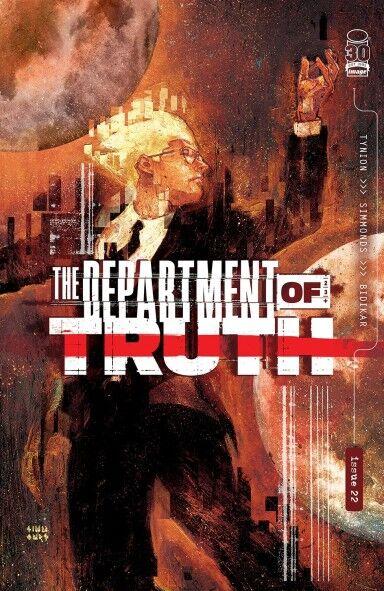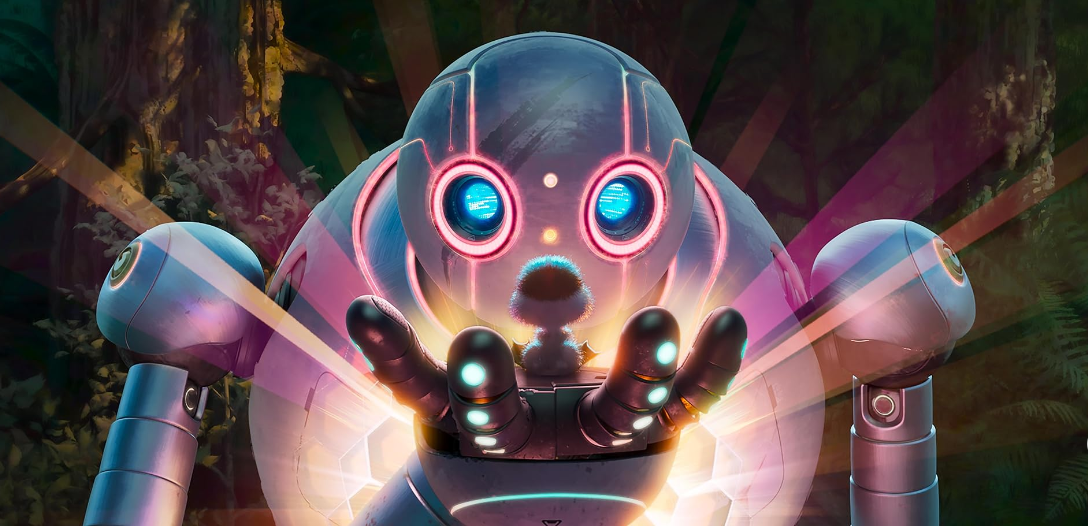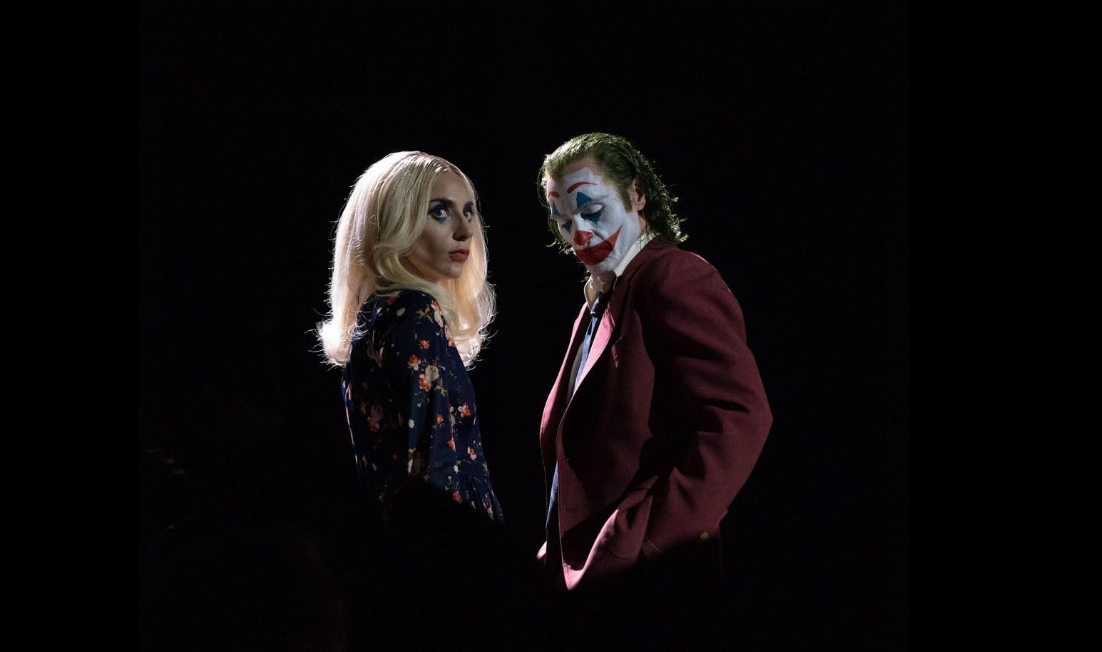Rating: 10/10
“My name is Lee Harvey Oswald. Welcome to the Department of Truth.”
Conspiracy theories have had a death grip on the collective cultural consciousness since time immemorial. The mythos of little green men, tin foil hats and secret societies that the 20th century codified has remained a staple of media ranging from the procedurals of “The X-Files,” the fraught Bible fan-fiction of “The Da Vinci Code,” down through kids shows like “Gravity Falls.” There’s an undeniable appeal to the Illuminati as a looming big bad to our protagonists. Also, let’s not lie to ourselves, it’s just plain fun to hunt Bigfoot.
But anyone who’s paid enough attention to the news for the past couple of years has to confront another aspect of conspiracy theories: people have a tendency to believe them. And when human beings are put in jeopardy as a result, the type of thinking that creates little green men overstays its welcome. It’s this tendency to believe, and the human cost of belief, that “The Department of Truth” grapples with.
“The Department of Truth” is an ongoing comic series created by James Tynion IV and Martin Simmonds, published by Image Comics. The premise goes like this:
Cole Turner was an FBI agent who studied conspiracy theories and saw something impossible at a Flat Earth conference. Namely, the edge of the Flat Earth. Now, he’s been recruited to a secret government agency called the Department of Truth, a group tasked with maintaining the normalcy of “reality.” Because the truth is, the Earth is round. It is scientifically proven to be so. But the truth doesn’t mean true, and if enough people believe something, the force of their belief will change reality. Now, Turner must work under the direction of his boss Lee Harvey Oswald — yes, that Lee Harvey Oswald — in defense of normalcy by combating the physical manifestations of various conspiracies before they can overthrow reality.
This is the world we’re thrown into, and from the very beginning, it is captivating. Tynion’s skill as a writer is on display even from the first issue, as we are expertly drawn into this tense, surreal world of conspiracy and danger, but his writing tells only half the story.
The comic is elevated to something truly great with Simmonds’ fantastically nightmarish artwork. Combining punk visual art, Banksy-esque graffiti and the especially surreal horror segments of Sandman, Simmonds’ scratchy artwork is coated in a layer of grimey color and television static that perfectly encapsulates the feel of the story. He also regularly makes use of abstract and symbolic imagery over large splash pages and has cited Bill Sienkiewicz’s work on the comic “Brought to Light” as a specific artistic inspiration.
Tynion and Simmonds really hit their stride in Issue 3, which is a self-contained story about the mother of a school shooting victim whose grip on reality begins to slip as she latches onto false flag conspiracy theories as a method of grieving. Then she starts getting envelopes in the mail stamped with a black hat. By paring back the focus to a single woman, Tynion is able to demonstrate incredibly impactful character writing, while Simmonds perfectly encapsulates her emotional state in the artwork.
This story is, in my mind, also the most effective early example of the overarching theme addressing the cost of conspiracy theories and how people are harmed by them. That is not something the series ever forgets, because even in the midst of Bigfoot hunting, UFO sightings and baby-eating Satanists, there are always people caught in the crossfire. This is given further depth later on as we learn more about the Department’s past and must confront one crucial idea: the types of magical thinking that create conspiracy theories are inextricably linked with the types that lead a government to invade a sovereign nation and fund military coups in service of thwarting an imagined enemy.
But I wouldn’t want to give too much away.









